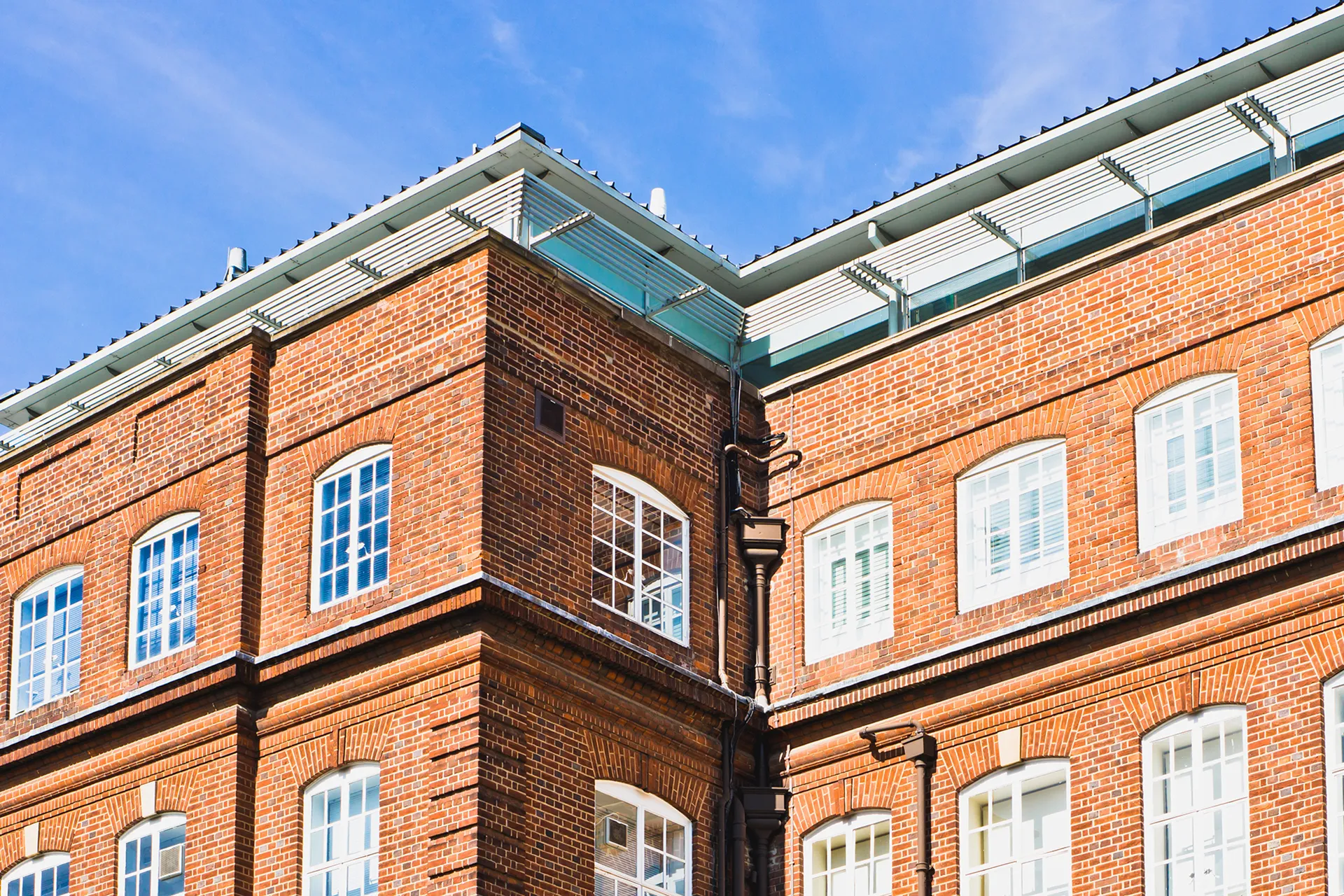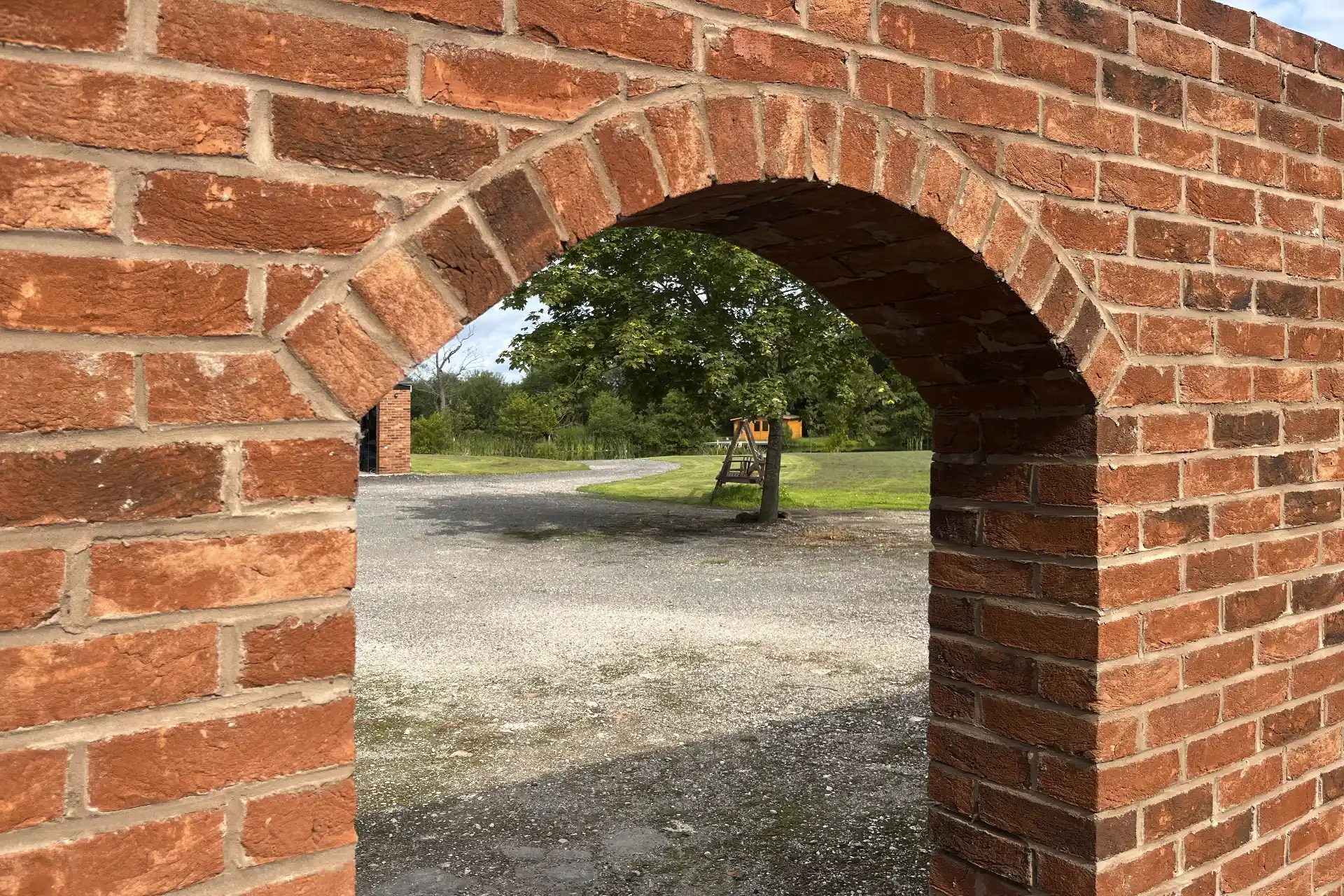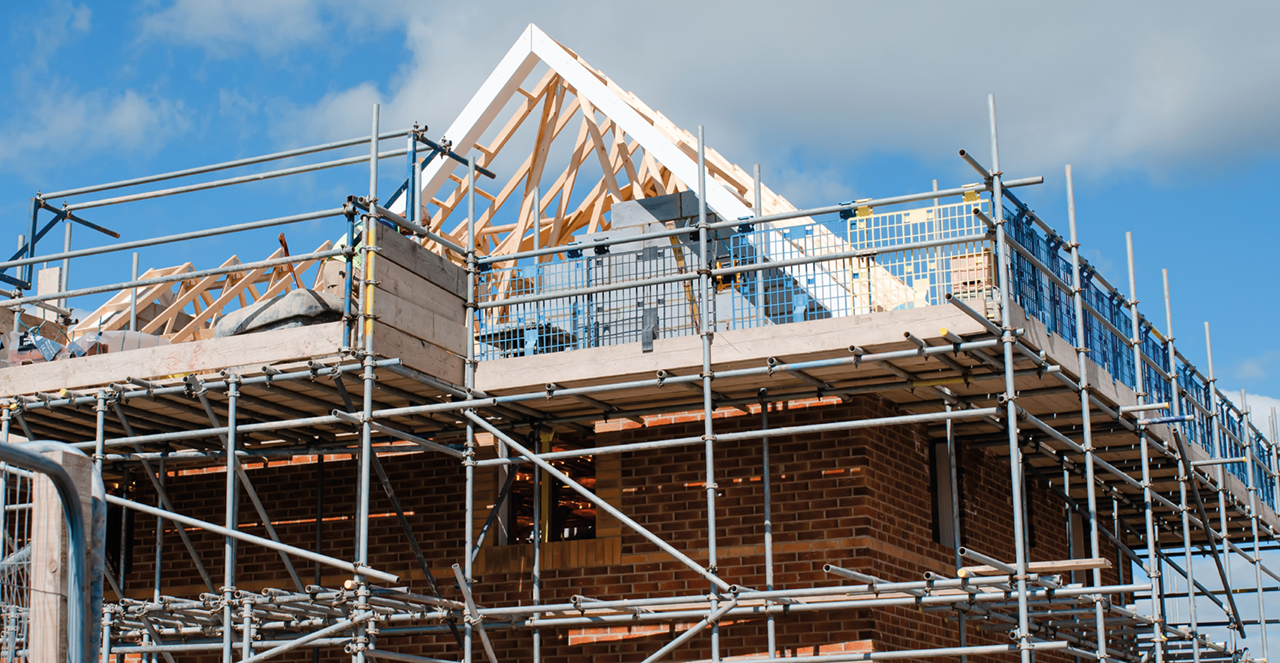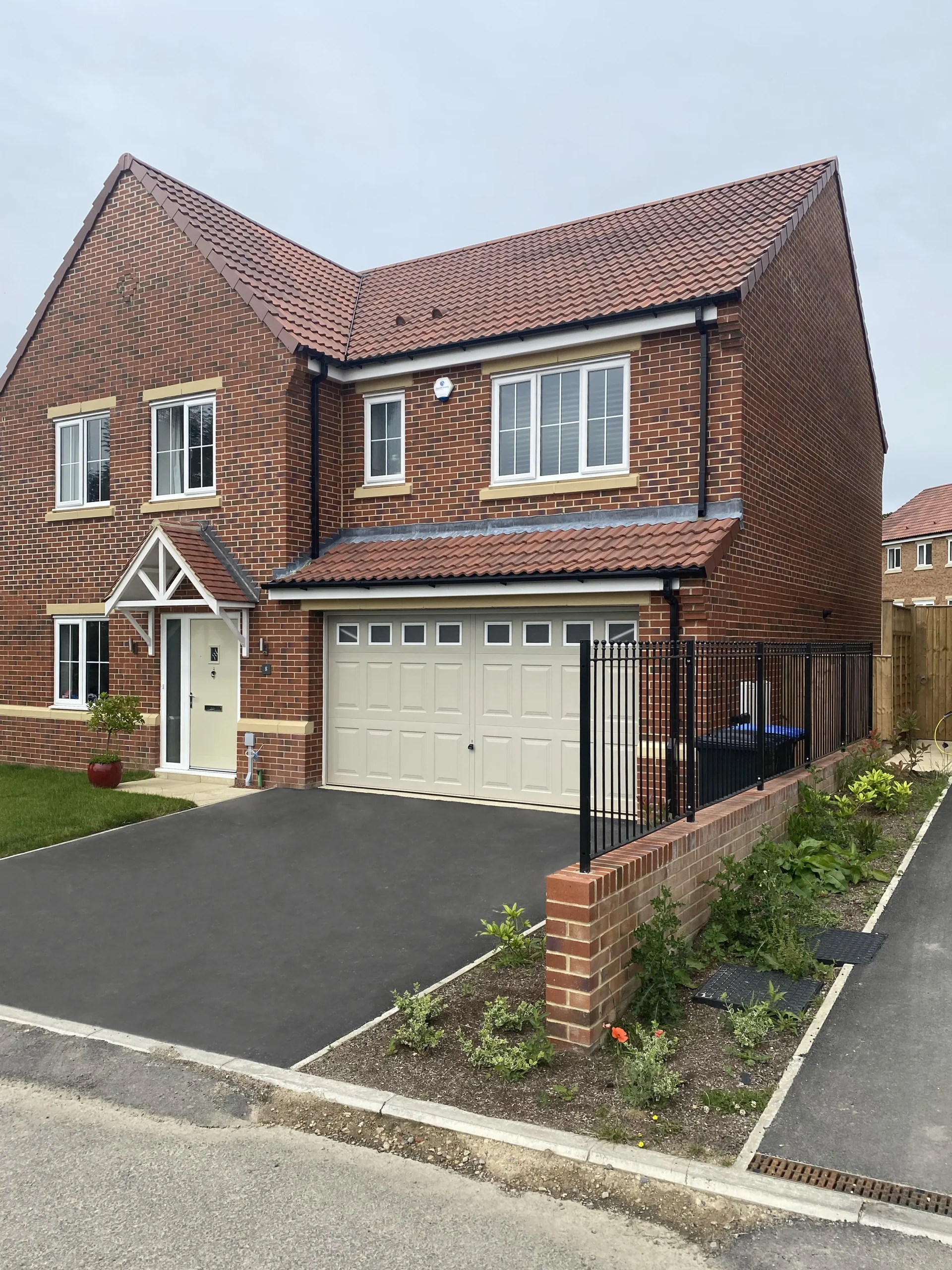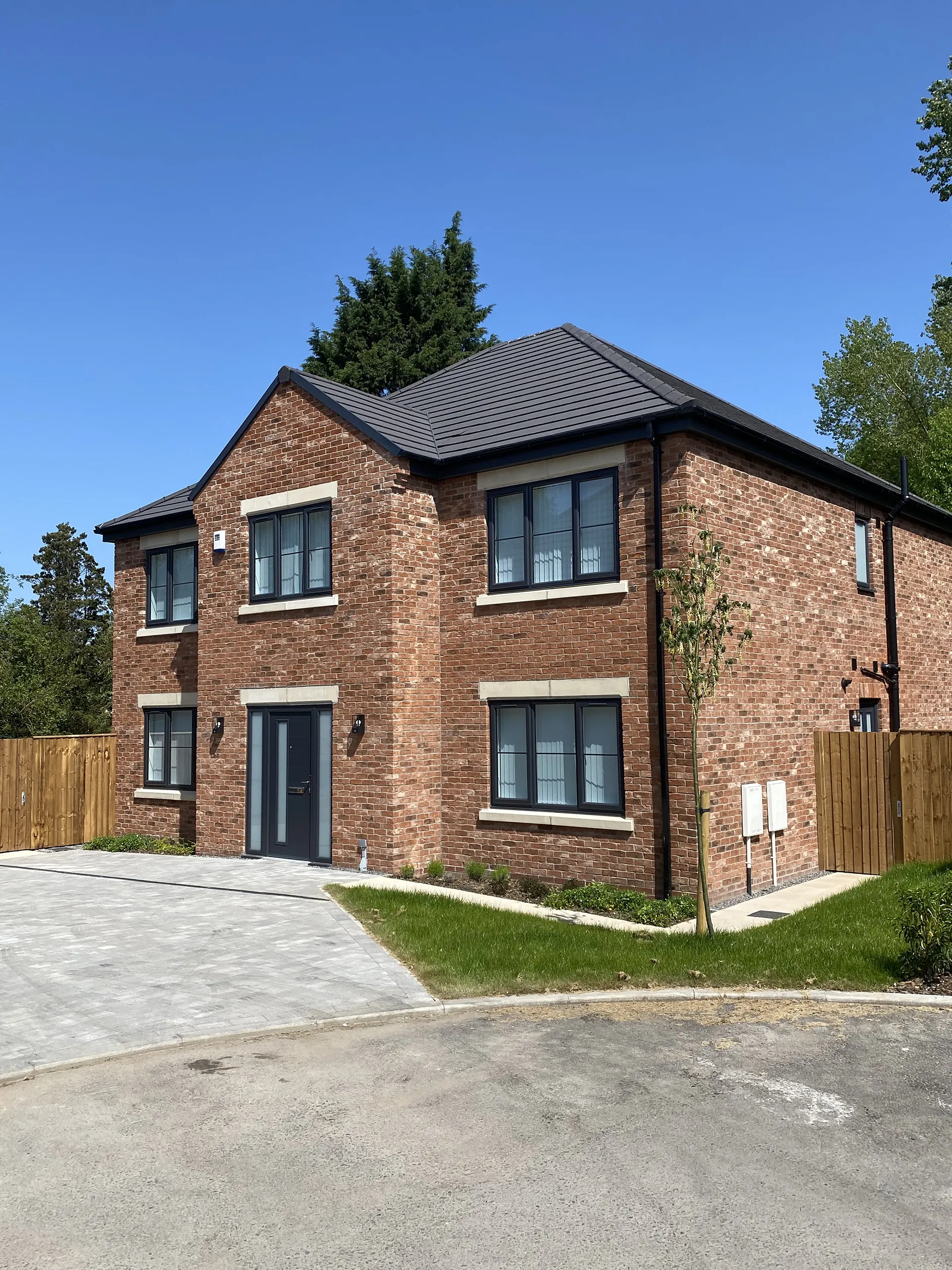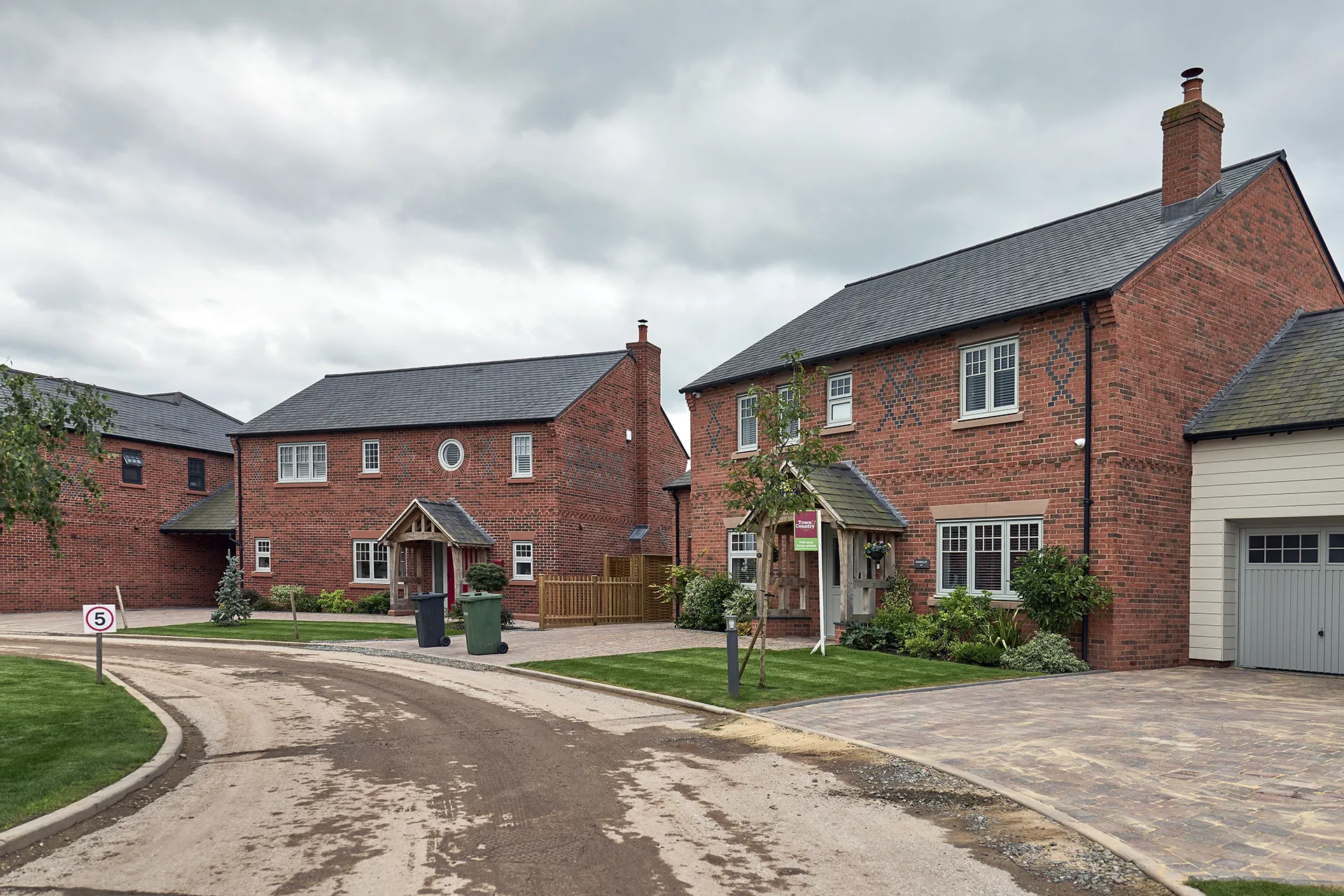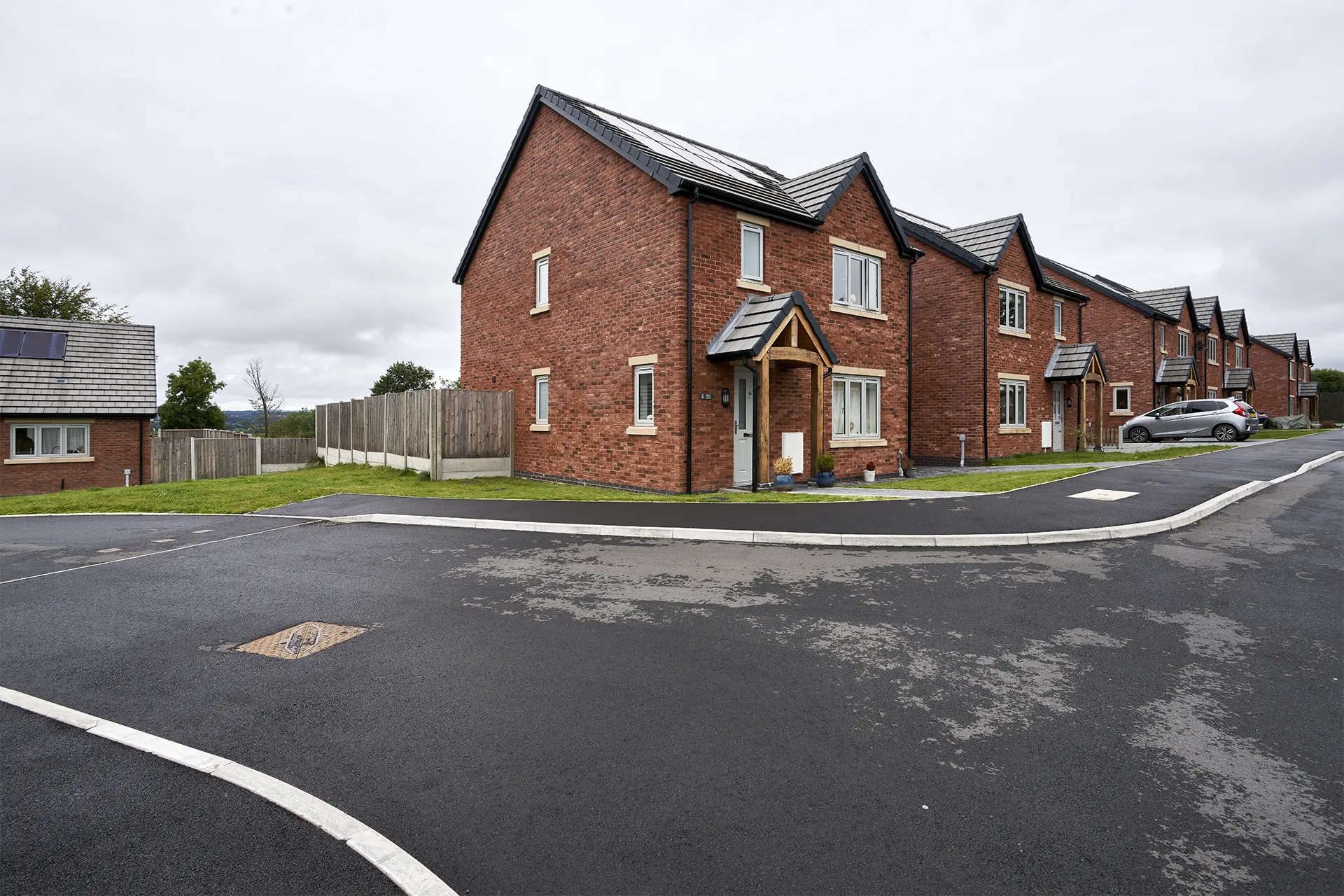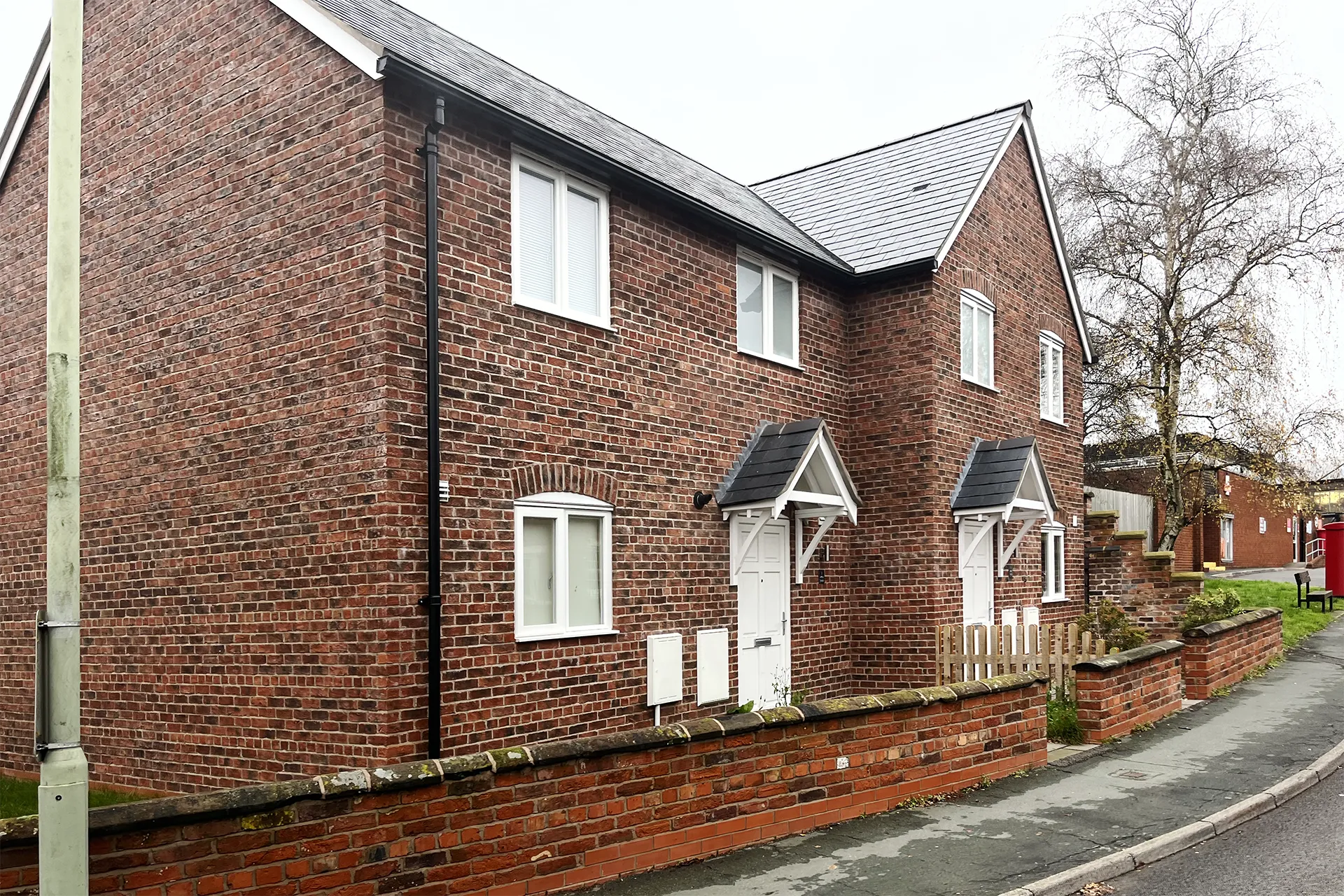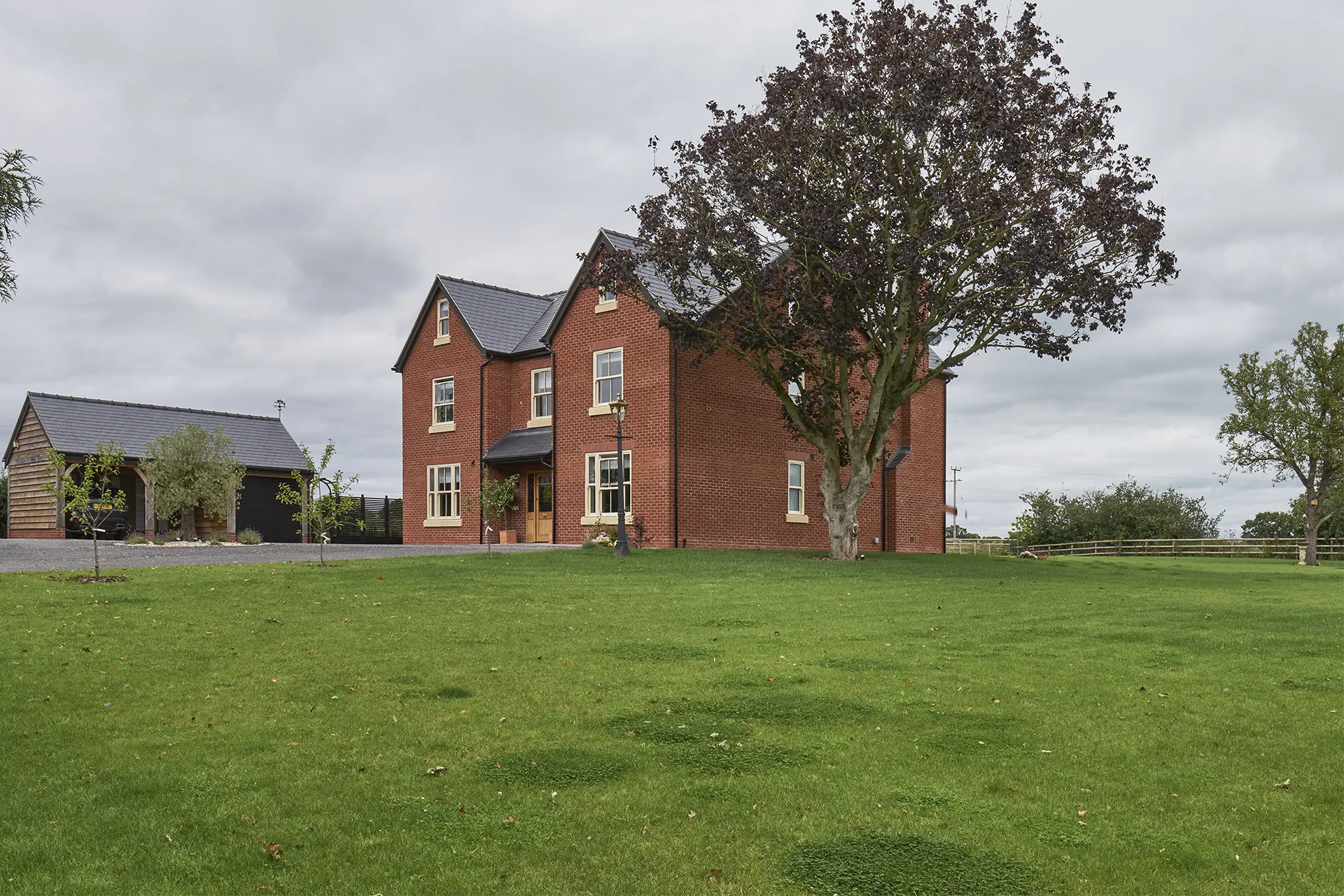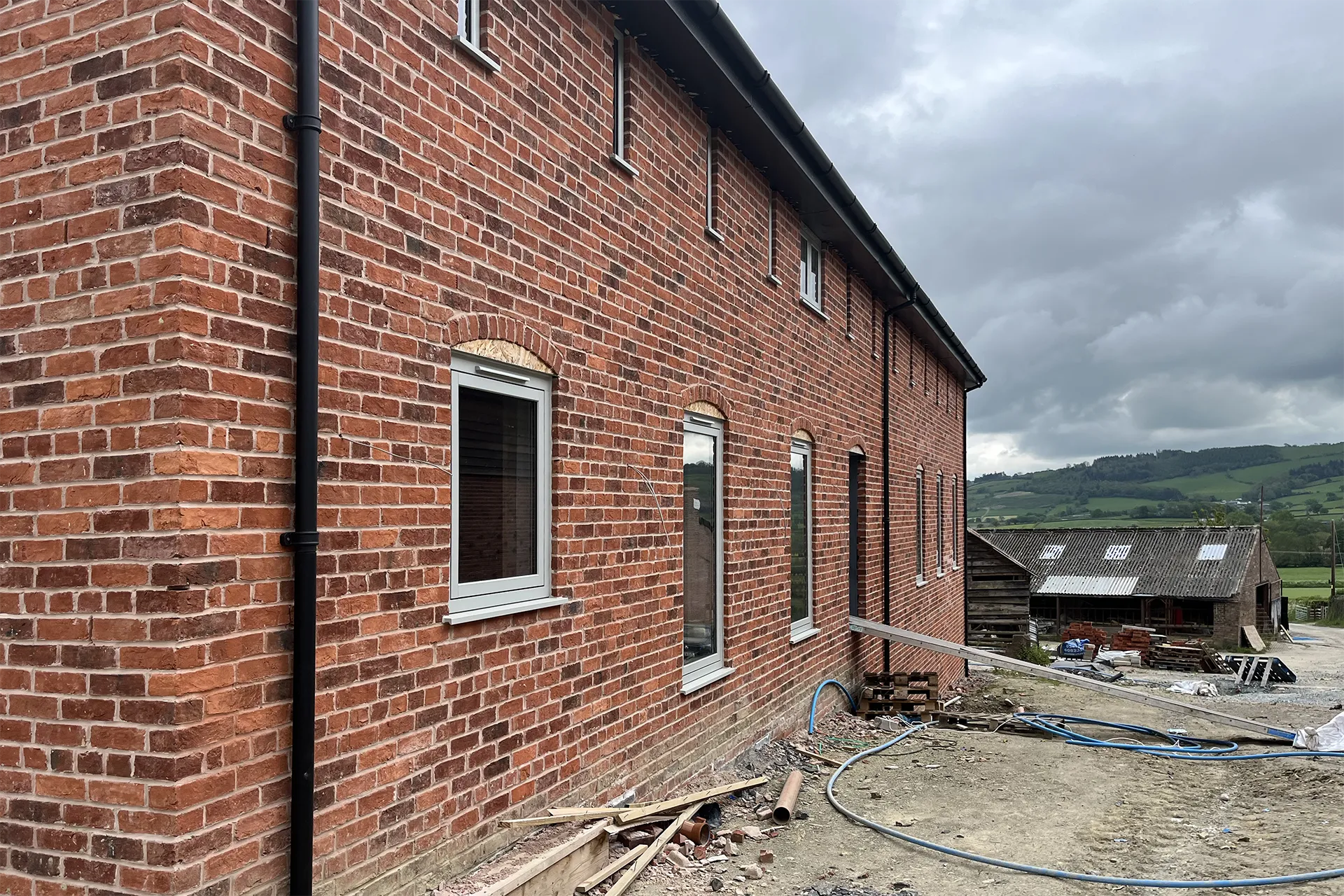Find out how brick durability ratings are determined. This will help you know more about the quality of bricks you need for your project’s exact design and specification.
What is brick durability?
The durability of bricks refers to the maximum time for which they [the bricks] remain unaltered and strong, when used in construction.
Experience has shown that properly manufactured bricks are among the most durable of man-made materials of construction. Their lifecycle can be counted in centuries, as seen in surviving Roman architecture.
Brick durability is affected by several factors. These include the physical properties of the bricks and mortars. The degree of exposure to the building also matters. Factors such as absorption value and frost resistance play a part in long-term brick durability. The less water a brick absorbs, the more frost resistant it is.
Where the bricks will be used, and when they are laid, also impacts the lifecycle. Brickwork is particularly at risk during winter construction. Incomplete and new brickwork must be adequately protected from both saturation and frost.
Why does brick durability matter?
Clay bricks typically weather and age aesthetically. Brick constructions, when designed and built well, using appropriate materials, stand the test of time.
Extreme conditions, such as constant damp or regular freezing, call for engineering bricks. They are often used for building manholes and sewers. They have a smooth finish, and several core holes to allow mortar or steel bar reinforcement to be added. Capable of handling high compressive strength, engineering bricks are good for damp coursing, and tunnels.
Vulnerable locations for brickwork include where it remains saturated for long periods. This includes: at or near ground level below damp course proofing (DCP); foundations; free standing walls; retaining walls; parapets; chimney stacks; cappings and copings; sills; and chimney terminals.
Generally external works such between ground level and DPC are subject to more severe exposure than the rest of the building.
Enemies of brick durability
Environmental conditions, such as harsh weather conditions can cause bricks to erode. Direct damage can literally smash bricks to dust. Water saturation levels differ, dependent on brick composition. But too much water can cause dilution and subsequent weakening of the binding mortar. Too little water can lead to the brick absorbing water from the mortar, leading to cracks. Water inside brick pores freezes, and so expands. This can lead to stress cracks forming, affecting the integrity of the brick.
There is a link between high exposure areas and the likelihood of brickwork suffering the consequences of frost attack if it has not been designed and constructed properly. Areas within 8km of the coast and major river estuaries, and buildings on high ground are particularly vulnerable.
Rarer to occur is sulphate attack, a chemical reaction between soluble salts and a constituent of the cement in the mortar. This causes the surface of the mortar joint to crack, the inside to crumble and expand, and disrupt the brickwork.BS EN 771-14 distinguishes three categories of soluble salt content:
- Category S0: bricks are not subject to any limits on specified soluble radicals and are intended for use in situations where total protection against water penetration is provided
- Category S1: bricks have limits on soluble salt contents e.g. sodium, potassium and magnesium
- Category S2: bricks have lower limits than Category S1 bricks.
Experience shows that the use of Category 2 clay bricks reduces the risk of sulfate attack on the mortar.
How are brick durability ratings determined?
Bricks fall into three durability categories:
- F2 – Frost resistant: suitable for use in normal building situations and exposure levels
- F1 – Moderately frost resistant: durable except where they remain saturated, and subject to freezing and thawing. Generally suitable for brickwork between DCP and eaves, F1 bricks should never be used below DCP, for plinths and projecting details, nor in landscaping. Use with caution, depending on level of exposure
- F0 – Not frost resistant: not suitable for external use
If bricks are not durability rated, it should be assumed that they are F0, and used accordingly. Some F2 products may be covered by a durability warranty, providing the correct design details are applied.
All bricks may not be the same, but they do look the same. Be sure to check the rating of the brick you need against the brick you buy. Contact our team of brick specialists on 0161 641 3579 or email sales@manchesterbrick.com. Let our knowledge and experience guide you to find the best brick for your building.
